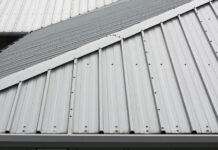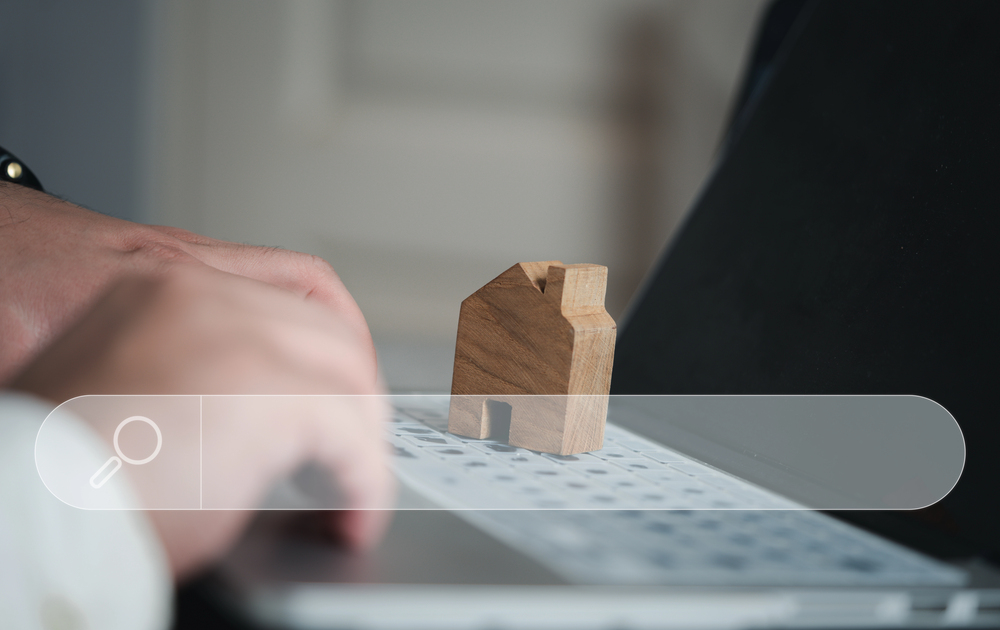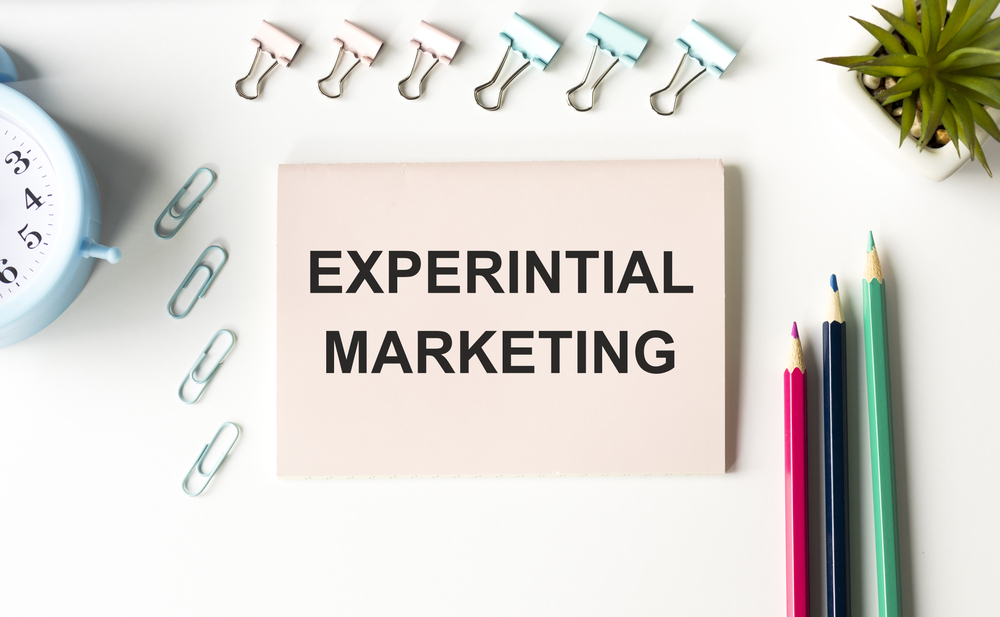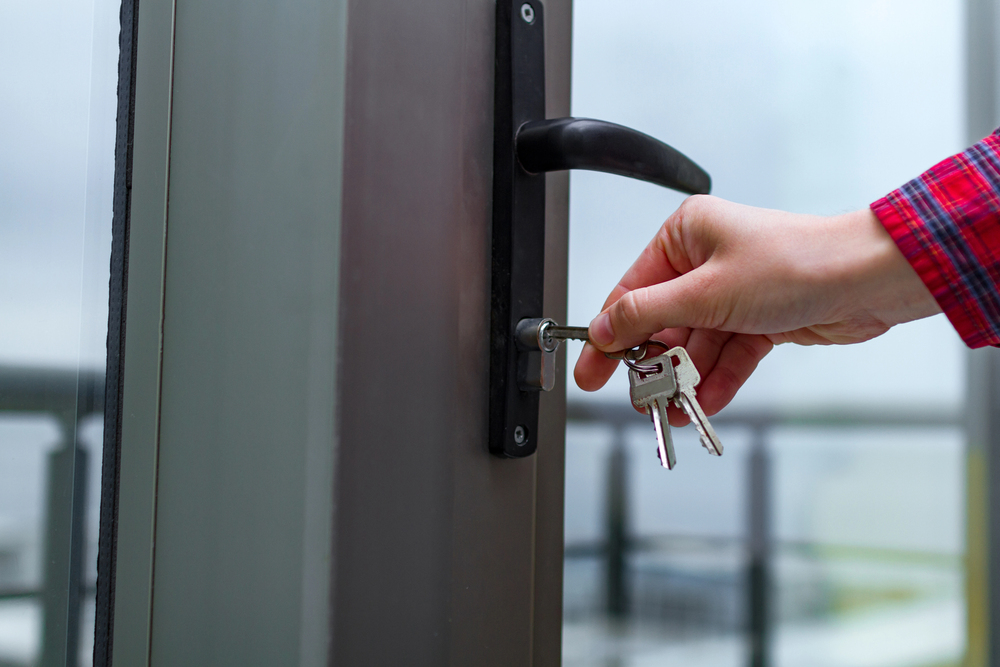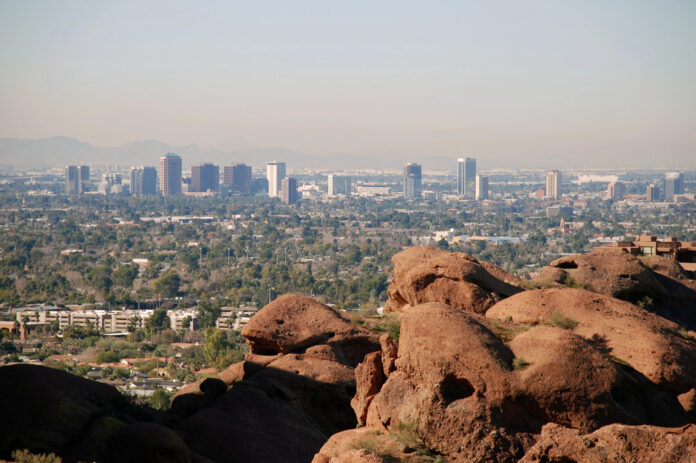Thinking about living in Phoenix AZ? Known affectionately as the “Valley of the Sun,” this southwestern metropolis in the heart of Arizona has long captivated transplants with its sunny skies, diverse neighborhoods, and expanding economy.
With a population of over 1.7 million in the city proper and nearly 5 million in the metro area, Phoenix is America’s fifth-largest city. It offers a distinct blend of desert beauty, modern amenities, and a rapidly evolving cultural landscape.
Whether you’re relocating for a job, retirement, or lifestyle change, it’s essential to understand what makes Phoenix so unique, including its benefits and challenges. Let’s dive into what life is really like in the Valley of the Sun.
Climate and Weather
The Desert Climate in Detail
Phoenix has a classic desert climate: long, scorchingly hot summers and short, blissfully mild winters. Summers often see daytime highs above 105°F, with July and August generally being the hottest months. In contrast, winter temperatures typically range between 40°F and 70°F ideal for outdoor activities. Spring and fall offer transitional months where temperatures hover in the 70s to 90s, though unseasonably hot days can appear early in the season.
The dry climate also contributes to better preservation of homes and vehicles, as rust and mold are less common than in humid regions. However, the lack of humidity can also lead to dry skin, frequent dehydration, and increased allergies caused by desert dust and pollen.
Year-Round Sunshine: Blessing or Burden?
Expect over 300 sunny days a year, which many residents cite as one of the top reasons for moving to the Valley of the Sun. But with that sunshine comes intense UV rays, an absolute need for sun protection, and the ever-present hum of air conditioners in summer. For those who suffer from Seasonal Affective Disorder (SAD), the consistent sunshine can be a huge mental health benefit.
On the flip side, summers can feel relentless. Phoenix has also experienced increasing numbers of extreme heat days, sometimes stretching into the fall months. Heat advisories are common, and residents must take care of their pets and avoid walking on hot pavement. It’s not uncommon to hear jokes about baking cookies in your car or cooking eggs on the sidewalk, though the dangers of heatstroke are very real.
Tips for Adapting
Hydration is critical; always carry water.
Use sun protection, including sunscreen, hats, and sunglasses.
Plan outdoor activities around the heat: mornings and evenings are best.
Invest in a reliable AC system and get regular maintenance checks.
Install reflective window coatings and ceiling fans to reduce indoor heat.
Cost of Living
How Does Phoenix Compare to the National Average?
When evaluating the Living in Phoenix, Arizona, cost of living, you’ll find that the city is relatively affordable compared to larger metros like Los Angeles or San Francisco. Housing costs are moderately priced, although they’ve increased in recent years with rising demand. That said, you can still find larger homes with backyards, pools, and upgraded interiors at pricing that remains accessible to middle-income buyers.
Phoenix offers a balanced trade-off between affordability and quality of life. Goods and services, including healthcare, entertainment, and groceries, are in line with national averages, allowing residents to enjoy a relatively comfortable lifestyle on a mid-range income.
Housing Overview
Rent: The average rent for a one-bedroom apartment in Phoenix is around $1,450 per month.
Buying: The median home price sits around $430,000 as of early 2025. Suburban areas offer more space for your dollar.
In addition to traditional buying and renting options, Phoenix has seen a rise in build-to-rent communities, providing single-family home amenities without the commitment of a mortgage. These newer developments are especially popular among millennials and remote workers seeking a hybrid of rental flexibility and neighborhood charm.
Utility Costs
Electric bills can soar in the summer, often exceeding $300 monthly due to heavy AC usage. On the flip side, winter utility bills are significantly lower. Using solar energy is becoming more common in the area, which can offset peak power costs. Some neighborhoods and municipalities even offer solar leasing programs or rebates to encourage green energy adoption.
Everyday Expenses
Groceries are roughly on par with the national average.
Gas prices fluctuate but are generally lower than in California or East Coast states.
Healthcare is accessible, though wait times for public services can be long.
Dining out is affordable, especially at local establishments and food trucks.
Entertainment options like movie tickets, museum passes, and fitness classes are priced competitively.
Neighborhoods and Housing
Best Neighborhoods in Phoenix
The metro area offers a vibrant mix of neighborhoods. For those prioritizing proximity to urban centers, Downtown Phoenix offers arts, nightlife, and a growing apartment scene. Scottsdale is known for its upscale shopping and golf courses. Tempe caters to college students and young professionals with its ASU campus and vibrant nightlife. Other popular areas include:
Chandler: Family-friendly with top-rated schools.
Gilbert: A fast-growing suburb with planning and suburban charm.
Mesa: Offers affordable housing and a local arts scene.
Paradise Valley: Known for luxury homes and mountain views.
Peoria: Offers great parks and newer developments ideal for families.
Housing Styles
You’ll find everything from luxury high-rise condos to sprawling ranch-style single-family homes. New-build communities are common, especially in the suburbs. Adobe-style homes with desert landscaping are prevalent, and developers often include energy-efficient features and smart home technology in newer properties. Townhouses are also increasingly popular among young professionals for their affordability and low-maintenance benefits.
Safety and Family-Friendliness
Most suburban neighborhoods like Gilbert and Chandler score highly in safety and education, making them ideal for families. Community centers, parks, and family-friendly events are abundant. Residents often praise neighborhood camaraderie and active homeowners’ associations that maintain safety standards and neighborhood upkeep.
Job Market and Economy
Phoenix Job Market and Lifestyle
Phoenix boasts one of the fastest-growing job markets in the U.S., with booming industries in:
Technology: Intel, PayPal, and Amazon have large operations.
Healthcare: Banner Health and Dignity Health are major employers.
Finance: Charles Schwab, American Express, and Wells Fargo maintain significant hubs here.
Aerospace: Companies like Honeywell and Boeing contribute to a resilient sector.
Tourism: A steady stream of visitors fuels the local economy year-round.
Manufacturing and Clean Energy: Emerging sectors include electric vehicle production and solar installation companies.
Remote Work Opportunities
The rise of flexible remote work has only made living in Phoenix more attractive due to its reasonable living costs and ample housing. Co-working spaces have also popped up across the city, with hubs like Galvanize and Co+Hoots catering to freelancers, entrepreneurs, and telecommuters. Internet infrastructure is solid, with high-speed options available city-wide.
Salary and Employment Rates
The average salary in Phoenix is approximately $60,000 as of 2025. Unemployment rates hover around 3.5%, lower than the national average. Entry-level workers and college graduates find a supportive job market, while professionals in tech and healthcare report strong upward mobility and bonuses. Startup culture is budding, bolstered by business-friendly regulation and Arizona’s favorable tax policies.
Education and Schools
K-12 Education Options
Public schools vary by district, with some, like Chandler Unified School District and Scottsdale Unified, performing above average. Numerous charter and private school options also exist. Specialty schools focusing on STEM, performing arts, or bilingual education provide customization for students. Families must often weigh commute times with school quality, making district research a priority.
Higher Education
Arizona State University (ASU) in Tempe is one of the nation’s largest and most innovative universities. It offers a wide range of undergraduate and graduate programs. Additionally, community colleges like Mesa Community College and Phoenix College offer vocational and associate degrees that are more budget-friendly.
For professional education and certifications, living in Phoenix also means access to several trade and technical schools specializing in fields like aviation mechanics, dental hygiene, software development, and nursing—a testament to the city’s commitment to workforce development.
Transportation and Getting Around
Car Culture vs. Public Transit
Phoenix is undoubtedly a car-dependent city, with wide roads and sprawling developments. Public transport exists but is limited compared to cities like New York or Chicago. The Valley Metro light rail and bus systems connect downtown areas and some suburbs.
However, local planners are investing in future expansion, adding more stops to the light rail and increasing integration across bus routes. Park-and-ride facilities are available for commuters, and some employers offer subsidized transit passes.
Traffic and Commuting
Rush hour traffic can get congested, especially on I-10, Loop 101, and US-60. Average commute times are about 25-30 minutes. Carpooling lanes and real-time traffic apps like Waze or Google Maps are frequently used by residents to avoid bottlenecks. Most major suburbs offer multiple routes into downtown, and traffic tends to lighten considerably during off-peak times.
Other Transportation Options
Ride-sharing (Uber, Lyft) is widely available.
The city is building out its biking infrastructure.
Phoenix Sky Harbor International Airport provides flights globally and is conveniently located just minutes from downtown.
Electric scooters can be found downtown and near college campuses.
Outdoor Lifestyle and Recreation
Enjoying the Great Outdoors
Phoenix offers year-round outdoor activities thanks to its sunny weather. Local favorites include:
Camelback Mountain: An icon for hikers seeking panoramic views.
South Mountain Park: One of the largest municipal parks in the U.S.
Papago Park: Home to the Desert Botanical Garden and the Phoenix Zoo.
Fitness enthusiasts also enjoy kayaking on urban canals, trail running in regional parks, and early morning yoga under shaded ramadas. The city manages an impressive parks system with tennis courts, splash pads, dog parks, and community events ranging from fitness boot camps to nature walks.
Golf and Desert Attractions
Golf is a major draw with over 200 courses, many of which are world-class. The Sonoran Desert also offers unique flora, fauna, and endless hiking opportunities. Birdwatchers and photographers often flock to the area to observe rare desert species, and nighttime stargazing in nearby dark sky zones can be breathtaking.
Day Trips and Adventures
Take a scenic drive to Sedona for red rock views and spiritual vibes.
The Grand Canyon is just a weekend getaway away.
Lakes like Lake Pleasant provide watersport options.
Flagstaff offers a cool alpine retreat, complete with skiing inthe winter months.
Arts, Culture, and Entertainment
Museums and Cultural Sites
Phoenix has a rich cultural scene. Must-see spots include:
Phoenix Art Museum
Heard Museum: Showcasing American Indian art
Desert Botanical Garden: Exploring desert ecosystems
Musical Instrument Museum: A global music collection
Sports and Nightlife
Enjoy year-round live sports with teams like:
Phoenix Suns: NBA
Arizona Cardinals: NFL
Arizona Diamondbacks: MLB
Arizona Coyotes: NHL
The city also buzzes with music festivals, brewery crawls, and a growing food scene that features authentic Mexican food and innovative southwestern dishes. Living in Phoenix means having endless nightlife options: Downtown Phoenix, Tempe’s Mill Ave, and Old Town Scottsdale each offer their own style, from laid-back rooftop lounges to high-energy dance clubs.
Pros and Cons of Living in Phoenix
Pros
Sunshine year-round
Lower cost of living compared to major metros
An expanding economy with job opportunities
Stunning natural surroundings
Robust outdoor and cultural experiences
Cons
Extreme summer temperatures
Reliance on automobiles
Water conservation concerns
Dust storms (haboobs)
Limited public transportation coverage
Tips for Newcomers
Best time to move? Late fall or early spring is ideal to avoid the summer heat.
Staying cool: Dress in breathable fabrics and always use AC maintenance services.
Meet new people: Join online meetups, attend community events, or volunteer.
Use local resources: The City of Phoenix website and newcomer Facebook groups are great places to start.
Get to know local weather patterns: Learn how to navigate monsoon season and safety tips around haboobs.
Conclusion
In 2025, calling Phoenix, AZ, home means enjoying a blend of desert living and modern opportunities. The city offers a thriving job market, affordable housing, and endless outdoor activities under the Valley of the Sun’s year-round sunshine. While summers can be extremely hot and dust storms do occur, living in Phoenix makes up for it with vibrant neighborhoods, cultural attractions, and a welcoming community. For anyone planning a move, hiring a reliable moving company in Phoenix, AZ can make the transition smooth and stress-free, allowing you to settle quickly and start exploring everything the city has to offer.
Find a Home-Based Business to Start-Up >>> Hundreds of Business Listings.















